HOW TO TAKE CARE OF YOUR HEALTH FROM CORONA?
Covid-19 occurred over a wide range of geographic areas and affecting an exceptionally high proportion of the population. 1st case was reported on 31 Dec. 2019 in Wuhan, China. The virus was tentatively named SARS-COV2.
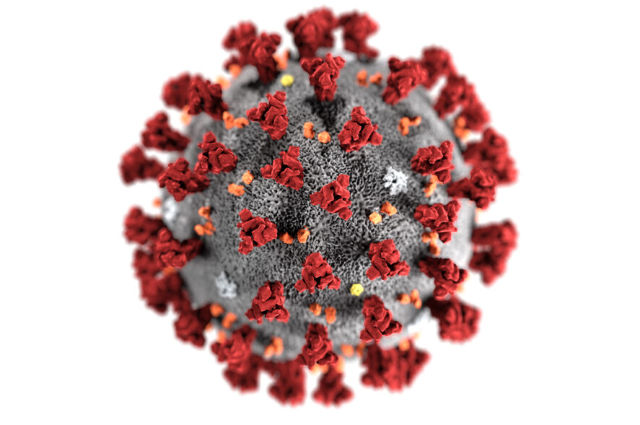
Since WHO declared the COVID, a pandemic, in March, people across the world have been reporting the impact on their general well-being. From a small corner of the world to a booming worldwide pandemic-COVID-19 attacked the world in few short months at the beginning of 2020. Now in 2021 also, in contempt of vaccines and ongoing research and awareness, we are still in pitch black fighting this disease.
The healthcare system is still anxious due to the tremendous increase in COVID cases even after the vaccine.
Coronavirus is zoonotic and consists of a wide variety of viruses:
• MERS-CoV:
Middle east respiratory syndrome.
Transmit from dromedary camel to human.
• SARS-CoV:
Severe acute respiratory syndrome.
Transmit from civet cat to human.
• Novel Coronavirus 19:
Transmit from an animal source (bat).
Now transmit from person to person also within 6 feet of distance.
Types/ Stages of coronavirus:
1) Mild:
- Common cold
- Fever
2) Moderate:
- Respiratory symptoms
- Imaging findings of pneumonia
3) Severe:
- Respiratory distress, septic shock
- SpO2-Less than 93% at rest
- PaO2/FiO2-Less than or equal to 300mmHg
- CT imaging within 24 hrs-Greater than 50%
Signs and symptoms:
- Decreased WBCs
- Pneumonia
- Cough
- Sneezing
- Congestion
- Fever
- Fatigue
- Lung inflammation
- Diarrhea
- Sore throat
- Running nose
- Shortness of breath
- Breathing difficulties
- Loss of smell and taste
- Decreased kidney function
- Kidney failure
- Symptoms may appear 2-14 days after exposure to the virus
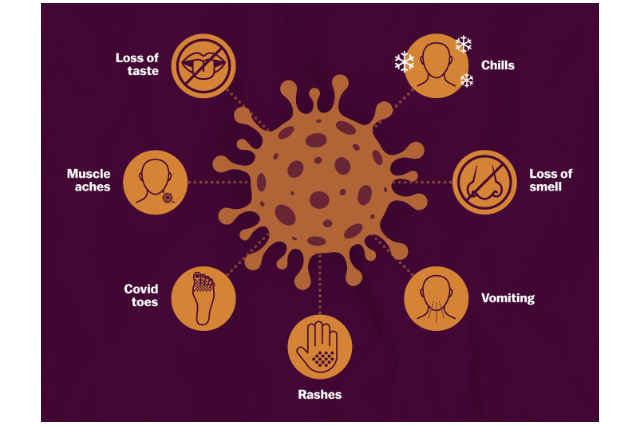
Diagnosis:
- Based on clinical features, travel history, and contact with an already infected person, the Center for Disease Control and Prevention (CDC) recommends the collection of 3 specimen types
- Lower respiratory,
- Upper respiratory, and
- Serum (Blood).
- Real time-Reverse Transcription Polymerase Chain Reaction (RTPCR)
- Computed Tomography Scan (CT) for early diagnosis.
- Nucleic Acid Amplification Test (NAAT)
- Serological Testing for Detecting Antibodies.
- Viral sequencing
- Viral Culture

Process of Identification:
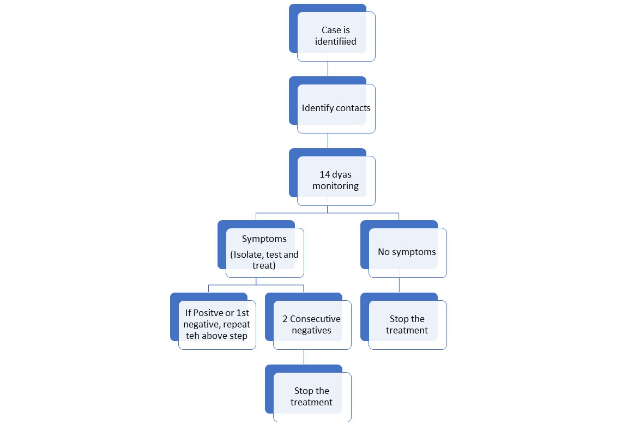
People at high risk:
- Infants
- Adults of more than 60 years of age
- People with decreased immunity
- People with co-morbidities such as kidney problems, hypertension, diabetes, etc.
International Committee on Taxonomy of Viruses declared nCoV as SARS-CoV2.
Case management of COVID19:
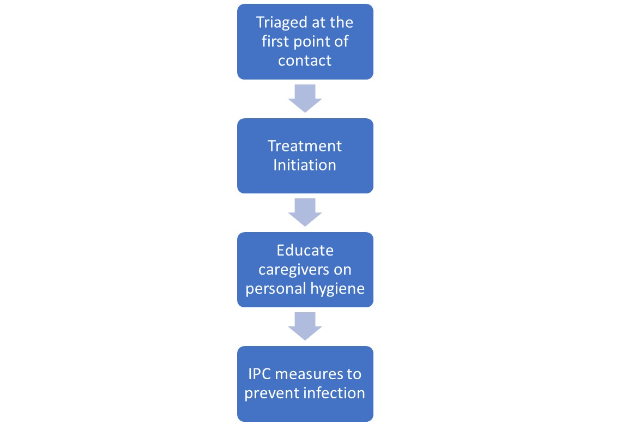
Home management of patients with suspected COVID-19 patients:
- Place the patient in a well-ventilated room.
- His movement should be restricted in the house.
- Household members should reside in a different room.
- Caregivers should be limited.
- Hand hygiene should be maintained.
- Provide medical masks to patients and caregivers also.
- Avoid direct contact with body fluids.
- Avoid reuse of masks or gloves.
- Use disposable plates and glasses.
- Disinfect daily surfaces.
- Disinfect bathroom and toilet surfaces at least once a day.
- Wash patients’ clothes on regular basis.

According to CDC,
- No specific antiviral treatment is available for COVID-19.
- Supportive care should be provided.
- Contact healthcare providers as soon as possible.
- Take vaccine on time.
Structure of coronavirus:
SARS-CoV2 is a positive-sense single-stranded RNA virus. The internal helical RNA protein is surrounded by lipids and viral glycoproteins. There are 3 types of glycoproteins:
- Glycoprotein spikes-S
- Membrane protein-M
- Envelope (small membrane protein-E)
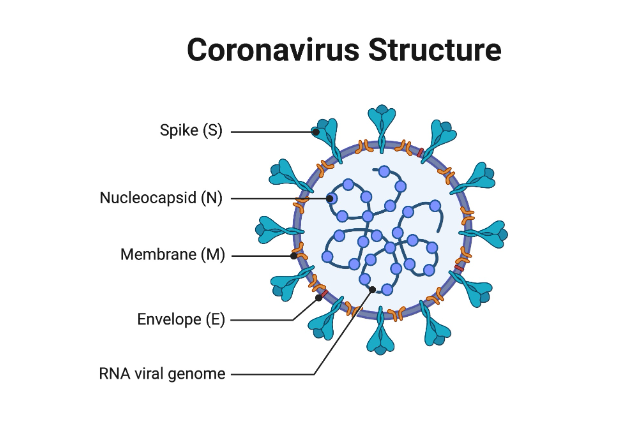
Modes of transmission:
1) Person to person
- People with close contact
- Infected person sneezes/coughs
- Inhalation of droplets in oral cavity or nose
2) Household transmission
3) Contact with infected surfaces or objects
- Avoid touching your eyes, nose, and mouth with unwashed hands
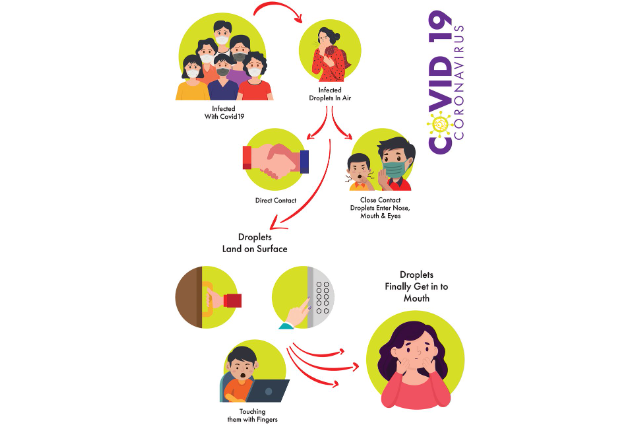
Statistical Data:
According to WHO:
- 77.8% cases are between 30-69 years
- 51.1% of the affected population are males
Preventive control measures:
- Wash hands for at least 20 seconds with soap and water
- Wear medical masks
- Refrain from traveling to risky areas
- Avoid crowded places
- Do not stand close to people with cold
- Avoid contact with wild and domestic animals
- Maintain social distance (at least 6 feet)
- Always keep alcohol-based hand sanitizer
- Practice respiratory hygiene- Cover mouth with tissue/elbow while coughing and sneezing
Government measures according to stages:
1) First stage-
- Early stage of the outbreak
- Prevent exploration from affected areas
- Control infection source
- Block route to prevent further spread
2) Second stage-
- Focus on reducing the intensity of the epidemic
3) Third stage-
- Reducing the cluster of cases
- Wear facial protection
- Maintain social distancing
- Avoid consumption of raw/uncooked animal products
- Balancing between prevention and control
Diet and Nutrition:
Countries all over the world are taking measures to control the spread of COVID-19. Good nutrition is very important particularly in times when the immune system needs to fight back. Physical activity also plays an important role in good health. Stay physically active during the time of the pandemic.
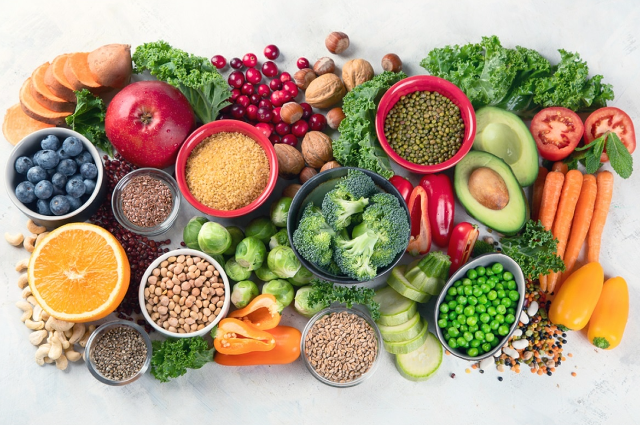
WHO has developed some guidelines which include tips and even home-based exercises.
- Make a plan
- Take only what you need. This way you can avoid food waste and allow others to access the food they need.
- Evaluate the food already present at home and plan your intake
- Prioritize fresh food and be more strategic
- Consider the food that has shorter shelf life first
- Reduce the fat dairy products
- Avoid food wastages
- Home-cooked meals
- Prefer them with fresh vegetables
- Take time to make those recipes you otherwise do not have time to make
- Make sure to eat healthily
- Opt for contactless delivery if you order something online
- Safe food handling practices
- Keep your hands, kitchen, and utensils clean
- Separate raw and cooked food
- Cook food thoroughly
- Store food at safe temperatures
- Use clean water
- Limit salt intake
- WHO recommends consuming less than 5g of salt per day
- Rinse canned food to remove excess sodium
- Eat less sugar
- Less than 5% of total energy intake for adults should come from free sugar
- Fresh fruits should be the priority for a sweet craving
- High fiber consumption
- Fiber improves the digestive system and prevents overeating
- Includes wholegrain foods, vegetables, fruits, and pulses
- Stay hydrated
- Drink water instead of sweetened beverages
- Avoid caffeine
- Avoid alcohol or at least reduce alcohol intake
- It is a mind-altering and harmful substance
- Weakens the immune system
- Psychoactive substance causes depression and anxiety
- Decreases the efficacy of drugs
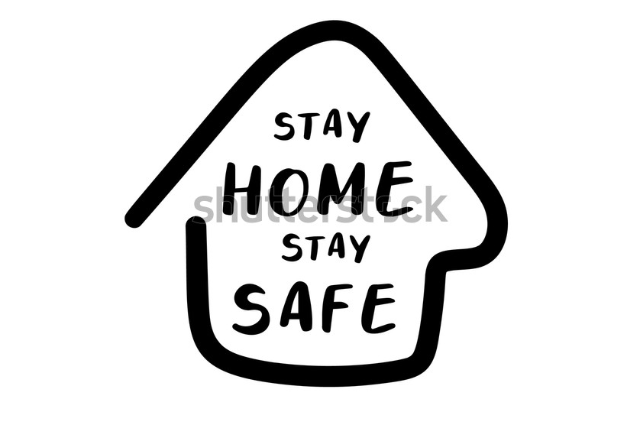
The COVID 19 pandemic is rejuvenated. So follow these measures and diet plans. Stay at home and stay safe!!
